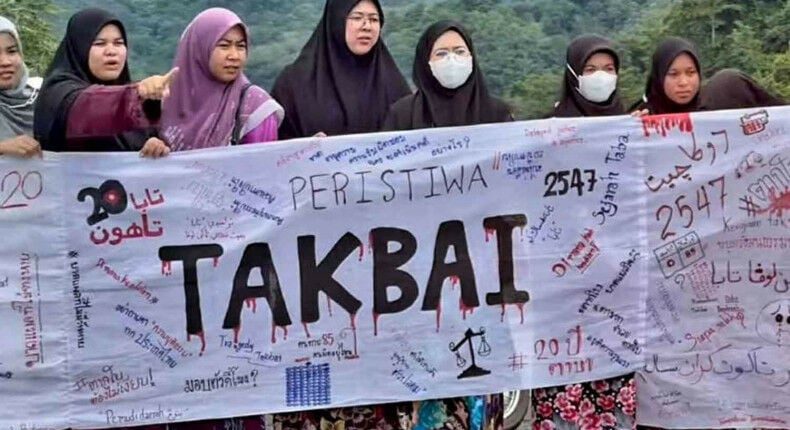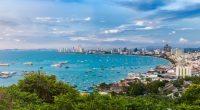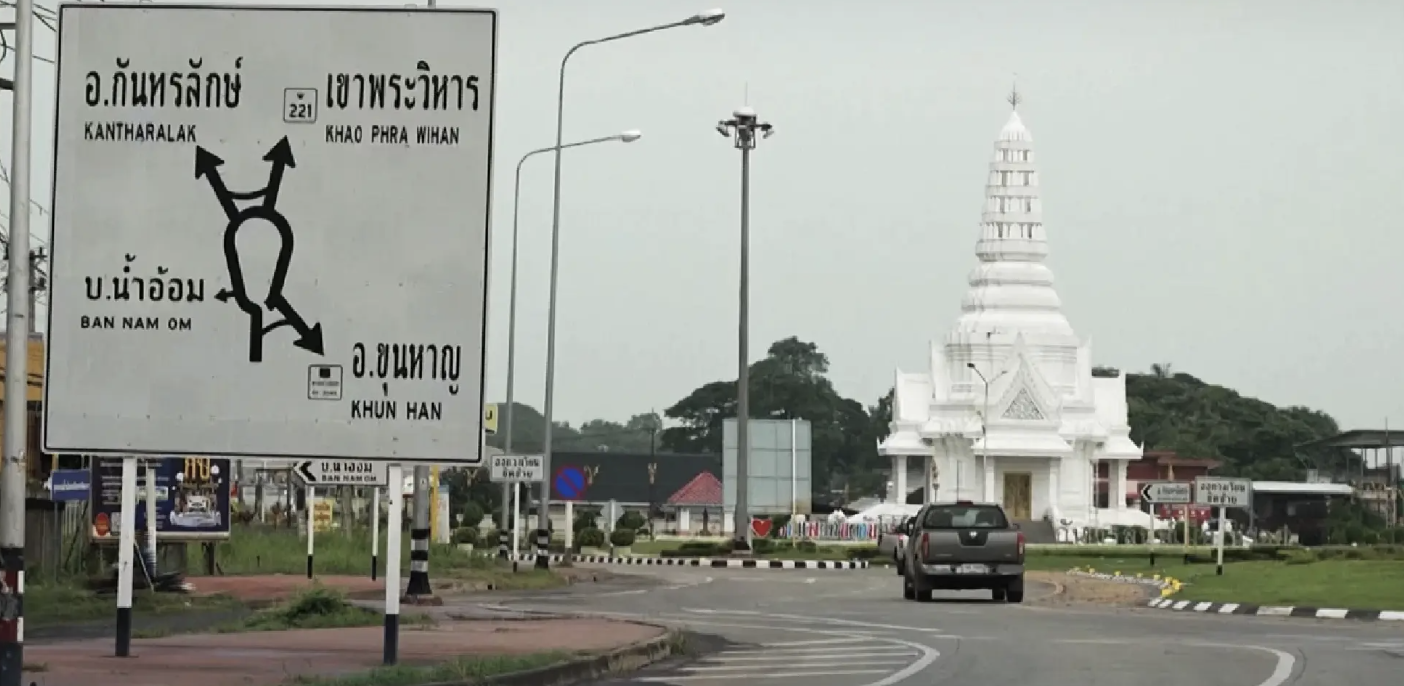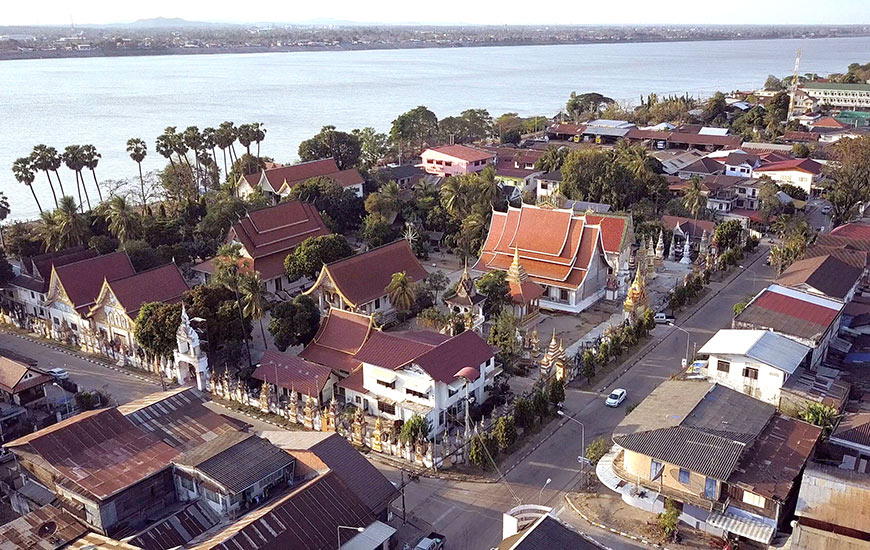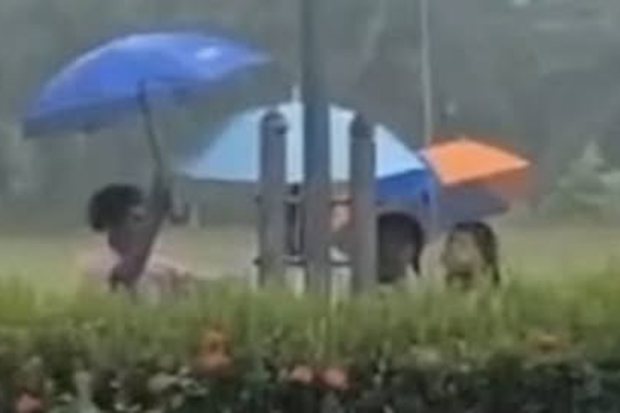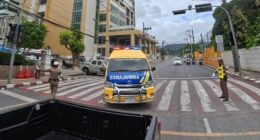National Police Chief’s Urgent Directive on Tak Bai Massacre Suspects
National police chief Kitrat Phanphet has issued an urgent directive to apprehend all suspects involved in the 2004 Tak Bai massacre before the October 25 statute of limitations deadline. With only a narrow window remaining, efforts are intensifying to ensure justice for the families affected by the tragic events in Tak Bai district, Narathiwat.
Tragic Events in 2004 Lead to Legal Pursuits
The Incident and Its Aftermath
The Tak Bai massacre claimed the lives of more than 80 individuals following a police crackdown on protesters in Narathiwat province. Protesters, after being subdued, were transported to a military facility in Pattani province, where further incidents occurred. The tragic loss of life has led to the identification of 14 suspects believed to have played key roles in the crackdown.
Court Cases Against High-Ranking Officers
Seven suspects, including General Pisal Wattanawongkiri, Police Lieutenant General Wongkot Maneerin, and Major General Chalermchai Wirunpeth, were indicted by the Narathiwat Provincial Court. An additional eight suspects have also been charged at the Pattani Provincial Court, with some individuals involved in cases at both judicial venues.
Police Operations Intensify as Deadline Nears
Coordinated Efforts to Capture Suspects
General Kitrat emphasized that the police are making substantial efforts to locate and apprehend all suspects, even coordinating with international agencies like Interpol for assistance. So far, police have conducted 29 searches and 180 surveillance operations to prevent suspects from fleeing Thailand.
Prime Minister and High-Level Support for Capture Efforts
Prime Minister Paetongtarn Shinawatra has lent full support to the police’s work, urging citizens to report any information regarding the suspects. This directive comes as an acknowledgment of the urgency to meet the upcoming legal deadline and fulfill a 20-year pursuit of justice.
Challenges in Locating Fugitives
Suspects’ Flight Complicates Arrest Efforts
Despite the urgency, locating suspects has proven difficult, with some individuals reportedly fleeing the country before warrants were issued. Their current locations remain unknown, prompting authorities to reach out to global law enforcement networks to issue red notices and assist in tracking their whereabouts.
Justice Ministry’s Position on Legal Equality
Justice Minister Police Colonel Tawee Sodsong assured the public that there are no discrepancies in how cases involving state officials versus civilians are pursued. Defence Minister Phumtham Wechayachai mentioned that legal teams are examining the potential for a royal decree to extend the statute of limitations if necessary.
Looking Forward: Ensuring Justice Before the Deadline
As the statute of limitations deadline approaches, the Thai police remain focused on apprehending all suspects connected to the Tak Bai massacre. With the nation closely observing, law enforcement continues its race against time to honor the memory of the lives lost and deliver justice for families who have sought accountability for nearly two decades.
Ref – Thaiger
